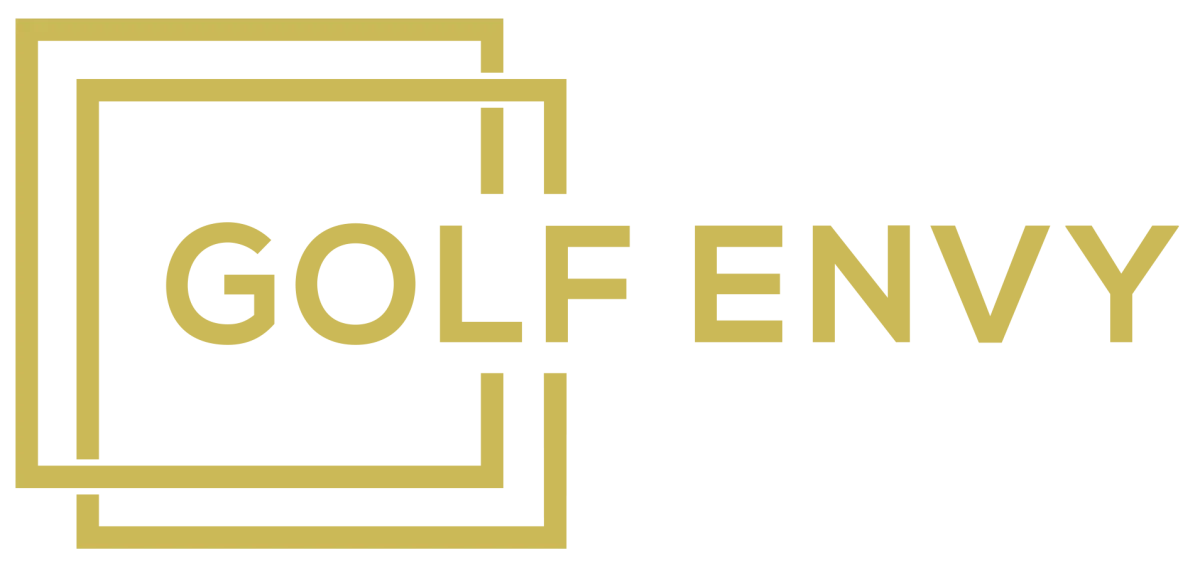A Beginner’s Guide to Python Programming on Windows
Python programming language is widely used for various applications, from web development to data analysis. If you’re new to Python and looking to start coding on a Windows platform, this guide will help you get started with Python programming on Windows.
Setting Up Python on Windows
Before you can start coding in Python on your Windows system, you need to install Python. Visit the official Python website and download the latest version of Python for Windows. Follow the installation instructions to set up Python on your machine.
Choosing a Text Editor
While Python comes with its built-in IDLE (Integrated Development and Learning Environment), you may also choose to work with other text editors such as Visual Studio Code, PyCharm, or Atom. Pick a text editor that suits your coding preferences and install it on your Windows system.
Writing Your First Python Program
Now that you have Python set up on your Windows machine and a text editor ready, it’s time to write your first Python program. Start with a simple ‘Hello, World!’ program to familiarize yourself with the Python syntax and printing capabilities.
Exploring Python Libraries and Modules
Python offers a vast collection of libraries and modules that can extend the functionality of your programs. Explore popular libraries like NumPy for scientific computing, Pandas for data manipulation, and Django for web development. Install these libraries using pip, the Python package manager.
Creating Python Projects on Windows
As you gain more experience with Python programming, start working on small projects to apply your skills. Build a simple web scraper, a data analysis tool, or a basic game using Python on your Windows machine. Don’t hesitate to experiment and learn from your coding projects.
Debugging and Troubleshooting
Debugging is an essential part of programming. Learn how to use debugging tools in your chosen text editor to identify and fix errors in your Python code. Utilize online resources, forums, and Python documentation to troubleshoot any issues you encounter while programming on Windows.
Further Learning and Resources
Python is a versatile programming language with a supportive community. Continue your Python learning journey by exploring online tutorials, courses, and documentation. Join Python forums and communities to connect with other Python developers and stay updated on the latest trends in Python programming.
Conclusion
Python programming on Windows offers a powerful and beginner-friendly environment for coding enthusiasts. By following this beginner’s guide, you can kickstart your Python programming journey on a Windows platform and create exciting projects using Python’s rich ecosystem of libraries and tools.
